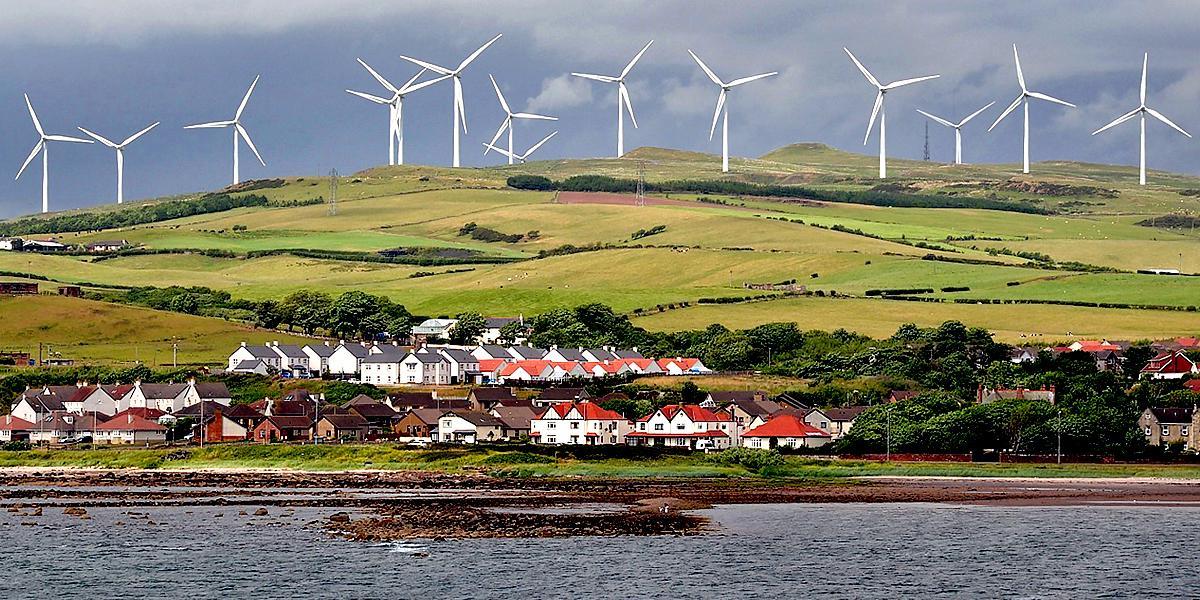
Scotland Sets Wind Record, Provides Enough Electricity for 3.3 Million Homes in March

By Amanda Froelich
Slowly but surely, it is becoming fact that households and entire countries can run on clean, renewable energy. Costa Rica, for instance, ran on renewable energy sources for 285 days in 2015 and achieved similarly in 2016. Additionally, Denmark produced 160 percent of its energy needs in one day in July of 2015 via wind power.
Now it has been reported that Scottish turbines provided 1.2 million megawatt hours of electricity to the National Grid—enough energy to meet the electrical needs of 136 percent of households in the country (or ~3.3 million homes). What’s more, 58 percent of Scotland’s entire electricity needs were met for the entire month. The Independent reported that on March 17 and March 19, enough energy was generated to power Scotland’s total power needs for an entire day.
An analysis of WeatherEnergy data by the World Wide Fund for Nature (WWF) Scotland revealed that the amount of energy generated in March increased by a staggering 81 percent compared to the same month in 2016.
WWF Scotland’s director, Lang Banks, commented on the monumental achievement:
“Given this March wasn’t as windy as it has been in some previous years, this year’s record output shows the importance of continuing to increase capacity by building new wind farms.
“As well as helping to power our homes and businesses, wind power supports thousands of jobs and continues to play an important role in Scotland’s efforts to address global climate change by avoiding millions of tonnes of carbon emissions every year,” he added.
Karen Robinson of WeatherEnergy added her insight:
“It’s massively impressive how Scotland has steadily grown its wind power output [over] the years. The total output from turbines this March was up more than four-fifths compared to the same period last year. This was enough power to provide the equivalent of the electrical needs of over three million homes. More importantly, it meant the equivalent of almost three-fifths of Scotland’s total electricity needs during March were met by onshore wind power.”
Now that Scotland has set an impressive new wind record, the WWF is calling on political parties to continue backing onshore wind power to help the country meet its carbon emission cut targets. One of the country’s goals is to deliver the equivalent of 50 percent of the energy required for Scotland’s heat, transport and electricity needs from renewable energy sources by 2030.
Reposted with permission from our media associate True Activist.

 233k
233k  41k
41k  Subscribe
Subscribe 